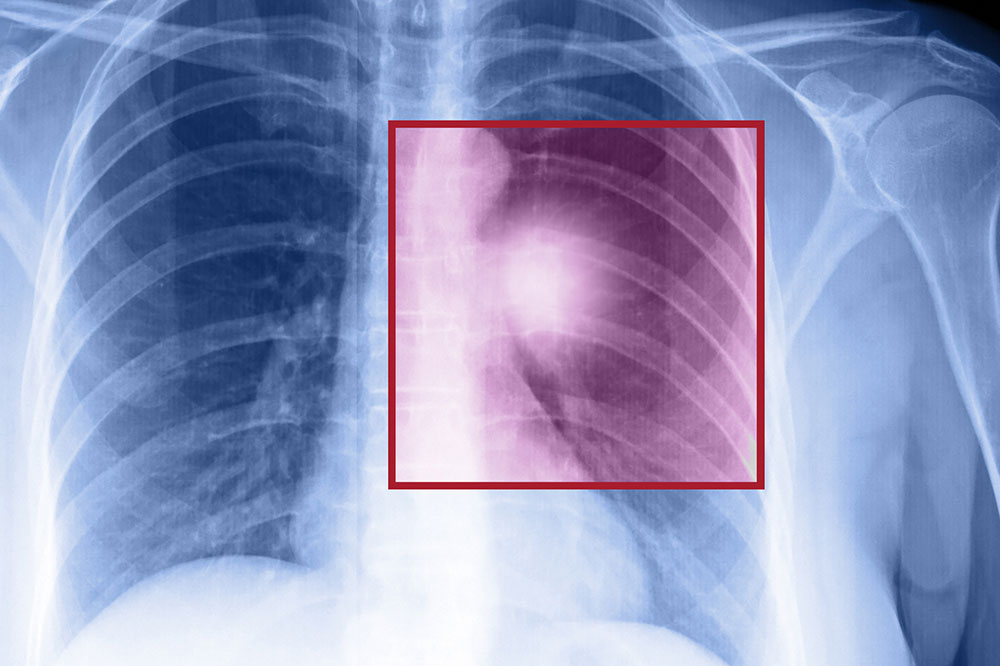Comprehensive Guide to Nicotine Withdrawal Symptoms in Former Smokers
This comprehensive guide explores the intricate symptoms of nicotine withdrawal faced by former smokers. It highlights common signs like cravings, mood swings, sleep issues, and physical discomfort, providing insights into managing these challenges. Understanding withdrawal timelines and triggers can empower smokers to persevere through their quitting journey. The article emphasizes the importance of support systems and therapies to ease the transition, encouraging a healthier lifestyle and long-term success in quitting smoking.

Understanding the Symptoms of Nicotine Withdrawal in Those Who Quit Smoking
Quitting smoking is a significant step towards better health, but it often comes with a challenging set of withdrawal symptoms that can make the process difficult. These symptoms can impact emotional stability, physical health, and daily routines. Recognizing and understanding these withdrawal signs can empower individuals to manage their journey more effectively. When the body stops receiving nicotine—the highly addictive substance in tobacco—various physiological and psychological effects emerge, reflecting the body's adaptation to the absence of nicotine after prolonged exposure.
Many smokers turn to Nicotine Replacement Therapy (NRT) options such as nicotine patches, chewing gum, lozenges, inhalers, or mouth sprays to ease the transition. These therapies help to reduce the severity of withdrawal symptoms by supplying controlled amounts of nicotine, gradually dialing down dependence. Yet, even with NRT, withdrawal symptoms can be intense and multifaceted, partially explaining why quitting smoking is often a lengthy and challenging process.
Common Nicotine Withdrawal Symptoms
The most frequently reported symptoms among individuals quitting smoking include intense cravings, mood swings, irritability, sleep disturbances, heightened anxiety, and difficulties concentrating. These symptoms typically peak within the first week after quitting and tend to diminish in intensity over time, although some might persist for several months. Recognizing these symptoms as normal parts of the detoxification process can help individuals remain committed to their goal of quitting.
Intense Cigarette Cravings: An overwhelming desire to smoke, often triggered by routines, environmental cues, or emotional states.
Depression and Mood Swings: Feelings of sadness or irritability, sometimes accompanied by frustration or anger.
Sleep Difficulties: Insomnia, vivid dreams, or disrupted sleep patterns are common during withdrawal.
Irritability and Frustration: Increased agitation, often resulting from craving and emotional instability.
Heightened Anxiety: Feelings of restlessness and nervousness may become prominent.
Difficulty Concentrating: Foggy thinking or trouble focusing on tasks can occur due to neurochemical changes.
Physical Restlessness: A constant sense of agitation and inability to sit still.
Physiological Changes: Reduced adrenaline and cortisol levels may impact energy and mood.
Increased Appetite and Weight Gain: Many individuals experience heightened hunger, leading to potential weight gain, which can be discouraging but is often temporary.
Beyond these primary symptoms, some people report additional discomforts such as persistent coughing, headaches, sore throat, ear discomfort, mouth ulcers, digestive disturbances, fatigue, and drowsiness. Certain triggers, like drinking coffee, engaging in social activities, or having conversations on the phone, can evoke cravings even long after quitting. These conditioned responses are embedded in routines and environments, making them hard to avoid. While many withdrawal symptoms decline over time, occasional cravings can persist for months or even years, especially in contexts where smoking was previously routine.
Understanding the timeline and nature of nicotine withdrawal symptoms is crucial for anyone attempting to quit smoking. Preparing for these challenges with strategies such as counseling, support groups, or pharmacological aids can significantly improve success rates. Patience and perseverance are key, as the discomforts of withdrawal tend to lessen with time, paving the way toward a healthier, smoke-free life.





